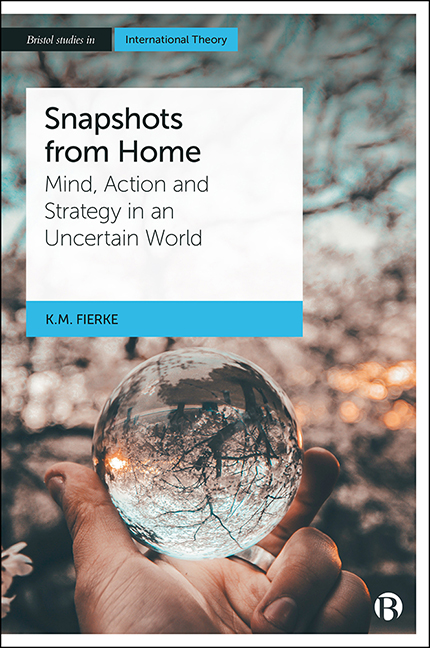6 - What Goes Around Comes Around
Published online by Cambridge University Press: 15 September 2022
Summary
The previous snapshot zoomed in on Gandhi's efforts to navigate the universe without doing damage. The question of what ultimately constitutes damage is not straightforward, and can look quite different depending on one's perspective. When protests erupted in Minneapolis following the murder of George Floyd in May 2020, and initially turned into riots, some observers focused on the damage to property. The point of the protests was to highlight damage of a more profound kind: the murder of a Black man under the knee of a White police officer as part of a legacy of damage to African Americans not only in the present but since 1619, when the first Africans arrived in English North America. Likewise, the protesters who somewhat later toppled the statue of Edward Colston in Bristol, UK, were making a point about the damage done by the transatlantic slave trade to generations of Africans and their descendants, and about the hypocrisy of British society for celebrating those who pursued the trade. Others highlighted the damage done by the protesters to the statue as an historical object. The contested attributions of damage, that is, to property, inanimate objects or human beings who breathe and suffer, contained a measurement of value. That the humans in question had themselves been property, often of those whose lives were celebrated in the statues, only highlights the conundrum.
George Floyd's last words as he lay dying, “I can't breathe”, brought his humanity into view, and with it the legacy of a history of American enslavement and the transatlantic slave trade. The moment of seeing Floyd's death as a part of this history contains a number of puzzles. The first regards the ethical justification, in the context of the slave trade, for bringing concepts of property and of human life together in the phenomenon of the chattel slave. The second regards the karmic resonance of the historical practice. ‘What goes around comes around’ suggests that we reap what we sow, whether in this life or another.
- Type
- Chapter
- Information
- Snapshots from HomeMind, Action and Strategy in an Uncertain World, pp. 198 - 226Publisher: Bristol University PressPrint publication year: 2022



